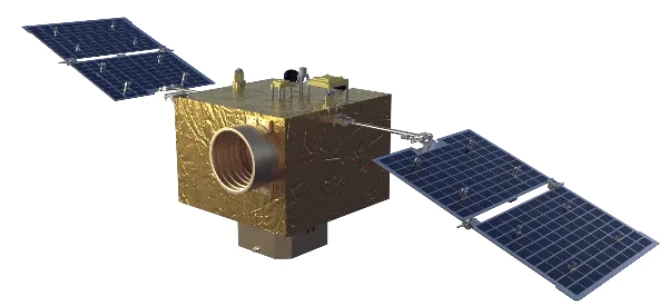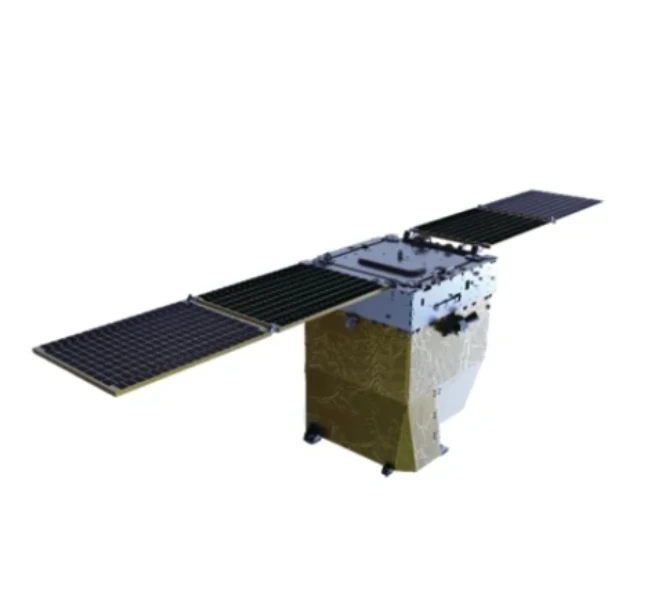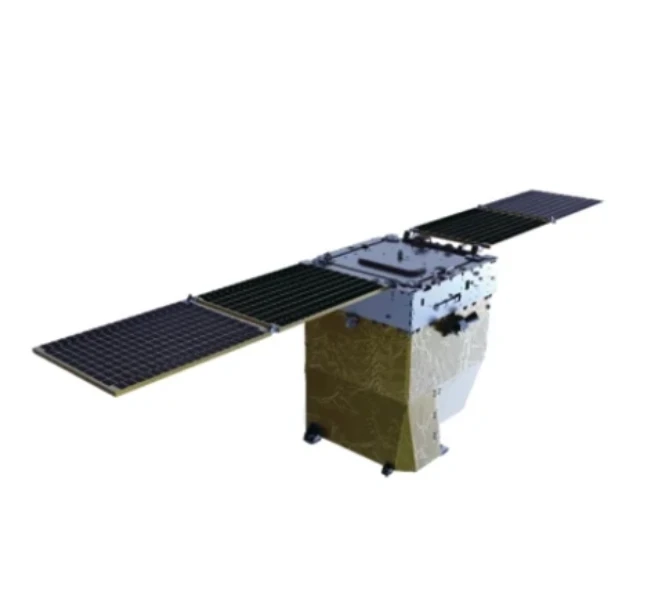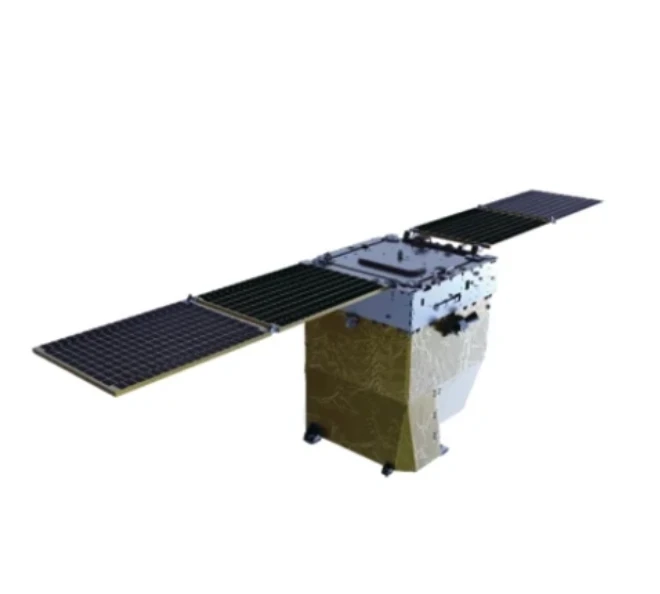
- አፍሪካዊ
- አልበንያኛ
- አማርኛ
- አረብኛ
- አርመንያኛ
- አዘርባጃኒ
- ባስክ
- ቤላሩሲያን
- ቤንጋሊ
- ቦስንያን
- ቡልጋርያኛ
- ካታሊያን
- ሴቡአኖ
- ቻይና
- ኮርሲካን
- ክሮኤሽያን
- ቼክ
- ዳኒሽ
- ደች
- እንግሊዝኛ
- እስፔራንቶ
- ኢስቶኒያን
- ፊኒሽ
- ፈረንሳይኛ
- ፍሪሲያን
- ጋላሺያን
- ጆርጅያን
- ጀርመንኛ
- ግሪክኛ
- ጉጅራቲ
- ሓይቲያን ክሬኦሌ
- ሃውሳ
- ሐዋያን
- ሂብሩ
- አይ
- ሚያኦ
- ሃንጋሪያን
- አይስላንዲ ክ
- igbo
- ኢንዶኔዥያን
- አይሪሽ
- ጣሊያንኛ
- ጃፓንኛ
- ጃቫኒስ
- ካናዳ
- ካዛክሀ
- ክመር
- ሩዋንዳኛ
- ኮሪያኛ
- ኩርዲሽ
- ክይርግያዝ
- የጉልበት ሥራ
- ላቲን
- ላትቪያን
- ሊቱኒያን
- ሉክዜምብርጊሽ
- ማስዶንያን
- ማላጋሲያ
- ማላይ
- ማላያላም
- ማልትስ
- ማኦሪይ
- ማራቲ
- ሞኒጎሊያን
- ማይንማር
- ኔፓሊ
- ኖርወይኛ
- ኖርወይኛ
- ኦሲታን
- ፓሽቶ
- ፐርሽያን
- ፖሊሽ
- ፖርቹጋልኛ
- ፑንጃቢ
- ሮማንያን
- ራሺያኛ
- ሳሞአን
- ስኮትላንዳዊ ጌሊክ
- ሰሪቢያን
- እንግሊዝኛ
- ሾና
- ስንድሂ
- ሲንሃላ
- ስሎቫክ
- ስሎቬንያን
- ሶማሊ
- ስፓንኛ
- ሱዳናዊ
- ስዋሕሊ
- ስዊድንኛ
- ታንጋሎግ
- ታጂክ
- ታሚል
- ታታር
- ተሉጉ
- ታይ
- ቱሪክሽ
- ቱሪክሜን
- ዩክሬንያን
- ኡርዱ
- ኡጉር
- ኡዝቤክ
- ቪትናሜሴ
- ዋልሽ
- እገዛ
- ዪዲሽ
- ዮሩባ
- ዙሉ
Advancing Earth Observation Through Cutting-Edge Satellite Platforms in Remote Sensing
The evolution of space technology has transformed how humanity observes and interacts with our planet. At the core of this revolution are satellite platforms—the engineered structures and systems that enable satellites to perform their critical functions. Especially within the realm of environmental monitoring, disaster management, and resource exploration, satellite platforms in remote sensing play an indispensable role. Among these, the cubesat platform has emerged as a game-changer, bringing affordable, scalable, and flexible solutions to Earth observation missions worldwide.
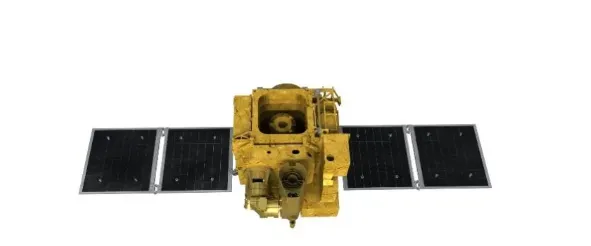
What Defines a Satellite Platform and Its Critical Role
A የሳተላይት መድረክ refers to the comprehensive assembly of subsystems that support the payload—the instruments responsible for data collection and sensing. This includes power management, attitude control, propulsion, thermal regulation, and communication systems. The design and capabilities of a platform satellite directly influence mission success by ensuring stability, precision, and reliability throughout the satellite’s operational life. In remote sensing, where data accuracy and consistency are paramount, an advanced satellite platform in remote sensing guarantees that sensors operate under optimal conditions, delivering high-quality imagery and measurements to ground stations.
The Transformative Impact of Cubesat Platforms
The cubesat platform has revolutionized satellite technology by introducing a modular, standardized approach to small satellite design. Typically sized in units of 10x10x10 cm, cubesat platforms allow rapid development cycles and cost-effective launches, making space accessible to universities, startups, and emerging space nations. In the context of remote sensing, these platforms support constellations of satellites that can provide frequent revisit times and wide-area coverage—critical for monitoring rapidly changing phenomena like crop health, urban development, and natural disasters. The scalability of cubesat platforms also means that missions can be tailored with specific sensors and capabilities, expanding the breadth of Earth observation applications.
How Satellite Platforms in Remote Sensing Enhance Data Quality and Mission Flexibility
The growing complexity of remote sensing missions demands versatile and robust satellite platforms in remote sensing capable of supporting a variety of sensor technologies. Whether equipped with multispectral imagers, synthetic aperture radar, or thermal sensors, these platforms must maintain precise orientation and stable operating environments. The platform satellite plays a vital role in enabling long-duration missions by managing power efficiently, regulating temperature, and ensuring seamless communication with ground control. Moreover, many modern platforms incorporate onboard data processing to reduce latency and bandwidth requirements, facilitating near-real-time analysis and faster decision-making for applications such as disaster response or environmental regulation.
Future Trends: Integration and Innovation in Satellite Platforms
Looking ahead, the future of satellite platforms lies in increased integration with advanced technologies such as artificial intelligence, miniaturized sensors, and enhanced propulsion systems. The cubesat platform, in particular, is poised to benefit from these innovations, enabling even smaller, smarter satellites capable of autonomous operation and complex data analytics. Additionally, hybrid satellite constellations combining large traditional satellites with fleets of cubesat platforms offer unprecedented data granularity and coverage. This synergy significantly enhances global monitoring capabilities and broadens the scope of remote sensing applications—from climate science to urban planning and beyond.
In conclusion, the development and deployment of advanced satellite platforms in remote sensing, including the dynamic cubesat platform, are transforming how we observe Earth. By providing stable, efficient, and scalable platforms for diverse sensors, these satellites deliver critical data that supports sustainable development, environmental protection, and disaster mitigation worldwide. As technology continues to progress, the versatility and accessibility of platform satellites will further empower researchers, governments, and industries to harness space-based data for a better understanding and management of our planet.
ይህ የመጀመሪያው ጽሑፍ ነው።








